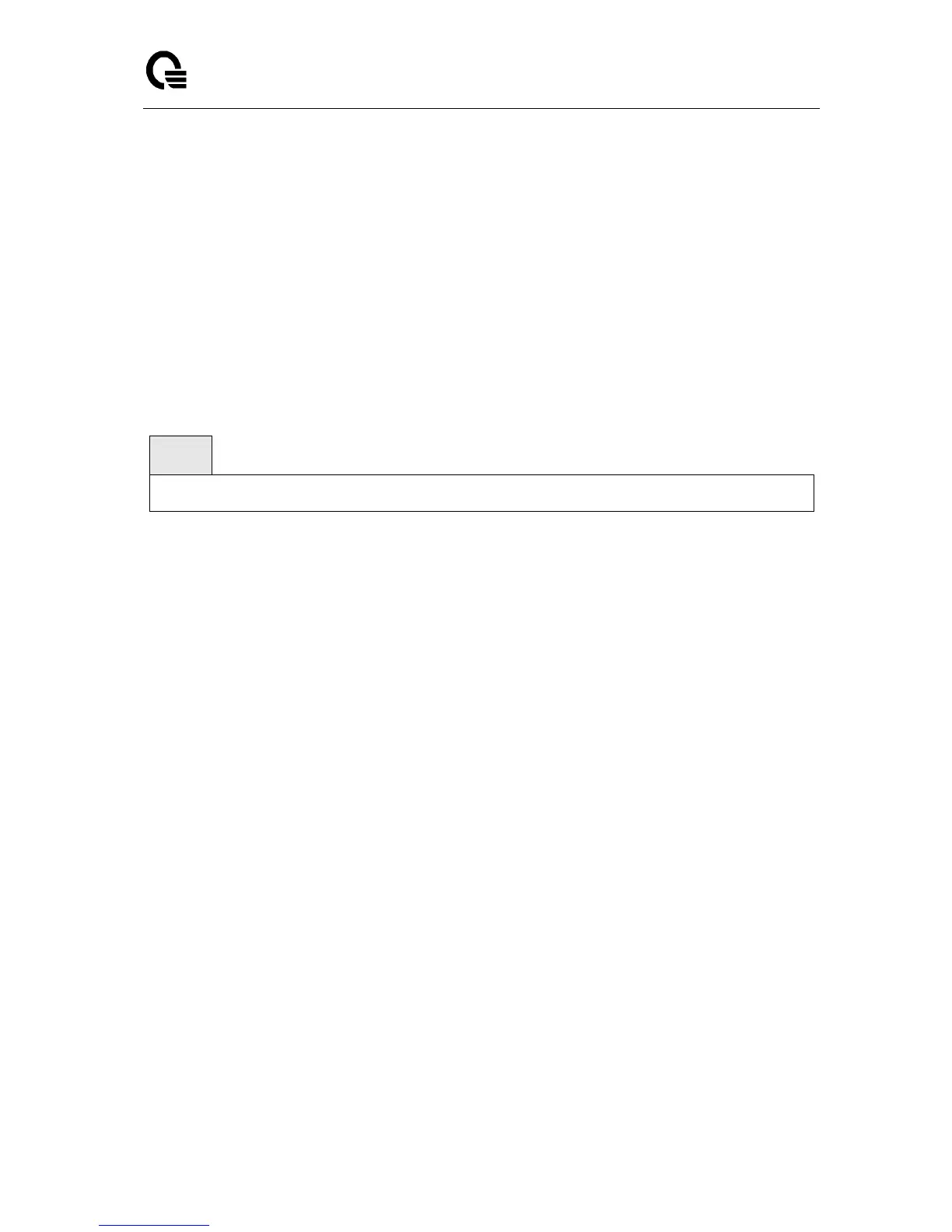Layer 2,3,IPv6+QoS Switch
_____________________________________________________________________________
Layer 2,3,IPv6+QoS Network Switch User Manual Version 0.1 Page: 188/970
6.3.4 SNMP Server Commands
6.3.4.1 show snmp
This command displays SNMP community information.
Six communities are supported. You can add, change, or delete communities. The switch does
not have to be reset for changes to take effect.
The SNMP agent of the switch complies with SNMP versions 1, 2c, and 3 (for more about the
SNMP specification, see the SNMP RFCs). The SNMP agent sends traps through TCP/IP to
an external SNMP manager based on the SNMP configuration (the trap receiver and other
SNMP community parameters).
Syntax
show snmp
Default Setting
None
Command Mode
Privileged Exec
Display Message
SNMP Community Name: The community string to which this entry grants access. A valid
entry is a case-sensitive alphanumeric string of up to 16 characters. Each row of this table
must contain a unique community name.
Client IP Address: An IP address (or portion thereof) from which this device will accept
SNMP packets with the associated community. The requesting entity's IP address is ANDed
with the Subnet Mask before being compared to the IP Address. Note: that if the Subnet
Mask is set to 0.0.0.0, an IP Address of 0.0.0.0 matches all IP addresses. The default value
is 0.0.0.0
Client IP Mask: A mask to be ANDed with the requesting entity's IP address before
comparison with IP Address. If the result matches with the IP Address then the address is an
authenticated IP address. For example, if the IP Address = 9.47.128.0 and the
corresponding Subnet Mask = 255.255.255.0, a range of incoming IP addresses would
match. That is, the incoming IP Address could equal 9.47.128.0 - 9.47.128.255. The default
value is 0.0.0.0.
Access Mode: The access level for this community string.
Status: The status of this community access entry.
6.3.4.2 show trapflags
